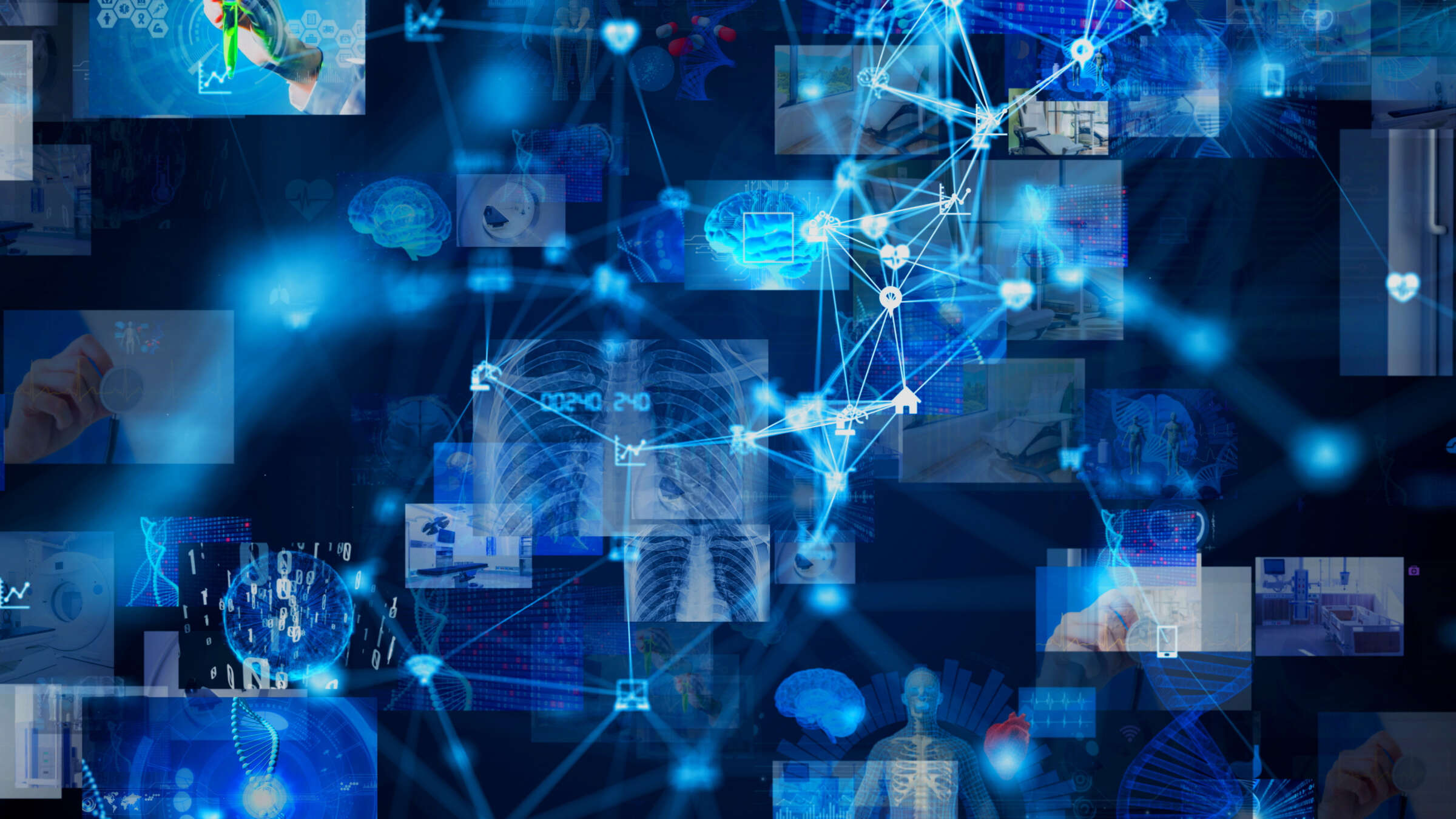Digital Service Transformation: Lessons Learned from Field Service Medical 2021
This year’s Field Service Medical conference reflected our new normal and the challenges organizations continue to face while navigating the circumstances surrounding the COVID-19 pandemic. In a virtual setting, over 200 field service, customer success, IT and product management professionals from life sciences companies across the world gathered to share learnings and experiences. The discussions, both in conference sessions and during networking, focused on the impact of the pandemic and the path forward.
As a result of the global pandemic and the increasing need for adaptability and predictability, remote service in MedTech matters more now than ever. Healthcare providers and consumers expect predictable machine performance, indications of when a device may need servicing, proactive monitoring and customer support to prevent machine failures. As the world continues to change and navigate COVID-19, capturing value and remaining competitive in this impacted market will require an intentional focus.
Here are key takeaways from Field Service Medical 2021 to explore as you pursue your smart connected MedTech journey.
Technology
There is an increased interest in technology solutions that can minimize wasted time and resources and improve customer experience.
- Remote installation and maintenance: As the pandemic evolved and affected millions across the world, demand for critical equipment, like ventilators, increased. This heightened demand meant a corresponding rise in production, which in turn required medical device companies to look at newer ways of servicing their customers to cope with the demand. After launching a new product, a leading medical device manufacturer adopted a virtual remote installation approach to install the machines – an approach they would have generally reserved only for maintenance before the pandemic.
- Low-code applications: The high risk of COVID-19 infection requiring quarantine or self-isolation led to rapid onboarding of additional contract technicians. These technicians varied in skill and experience regarding the unique device installation processes. Service providers have increasingly implemented technologies focused on improving the ease of instrument installation. With technologies like low-code application platforms providing contextual guided step-by-step installation instructions, large numbers of technicians can reliably handle complex inspections and preventative maintenance within strict, evolving healthcare regulations.
- Extended Reality (XR): Industry leaders are increasingly aware of what can be accomplished with XR technology and are implementing solutions proving the benefits. For example, a top global pharmaceutical company started using augmented reality (AR) to capture expertise and optimize knowledge transfer to plant workers with the goal of improving operational efficiency and productivity. Experts recorded work instruction procedures while wearing a Microsoft HoloLens mixed reality smartglasses, highlighting steps and safety measures. Then, enhanced them with experiences from the users’ point of view. User satisfaction of the new AR-enabled work instructions outperformed the traditional ones and received an overall 8/10 satisfaction rating. Using the new type of instructions the company reduced new hire onboarding time, re-training time for experienced employees and work instruction non-conformances. Field service medical technicians can use head-mounted displays (HMD) such as the HoloLens and Realware in similar ways to improve the safety and efficacy of service they deliver and reduce machine downtime and mean time to repair (MTTR).
People
A definitive trend since the pandemic has been the willingness of medical device customers to adopt digital tools for service and maintenance.
- Self-Service: Customer interest in self-service options has increased. Many are open to acquiring knowledge and independently attempting to troubleshoot and service. A leading laboratory instrument manufacturing company was able to minimize transmission risks to technicians by extensively adopting virtual tools for delivering support. Augmented reality (AR) driven customer support and proactive asset monitoring increase visibility and control of instruments, while eliminating the need for on-site visits. XR and remote assistance have also enabled field technicians to accurately guide customers in self-troubleshooting situations.
- Training and Development: It is vital to optimize available talent, while keeping technicians engaged and satisfied with their jobs to prevent attrition. The talent requirements, the backgrounds of available technicians and the technologies being serviced are constantly changing, thereby enhancing the need to retain as well as train existing talent. Due to their training facility being closed because of the pandemic, a leading provider of medication management solutions was able to quickly adapt to virtual training and cloud-based webinars to provide necessary training for the technicians. Immersive technologies, such as XR, can become a game-changer in training and development by introducing speed, accuracy and cost-effectiveness in knowledge transfer. XR can be used to guide trainees to understand working procedures of machinery, as well as maintenance needed in various scenarios. By utilizing XR in training, the field worker can retain the complex training information more easily and be more engaged with the training as it is much more interactive than a video or a training manual. Consider integrating XR-enabled training, virtual shadowing and instruction into your training program to keep your employees safe and engaged.
Cybersecurity
With the rise of connected medical devices and their ability to collect, analyze and transmit health data there is an increased need for a cybersecurity strategy to protect patients.
- Security and Data Privacy Strategy: Sensitive health information is fodder for malware and ransomware attacks and backdoor entry into medical databases can reveal troves of sensitive information. The rise of remote operations has brought an increased urgency for a strong security and data privacy strategy at an enterprise level. As increasing amounts of data are transmitted, stored and analyzed, organizations need a clear approach to navigate regulatory requirements and keep data protected. With increased automation and additional connection end points for devices there is a need for formalized controls to detect incidents, assign them for investigation and escalate as needed. By managing workflows with cybersecurity for your patients and maintaining a closed loop that only you and your team have access to you can mitigate potential risks. The advent of artificial intelligence (AI) and machine learning creates more opportunities for malicious organizations and hackers to create new threats. However, AI and machine learning also provide unparalleled capabilities to develop robust and responsive threat intelligence, intrusion detection and prevention solutions for your organization.
Now is the time to take advantage of the industry growth. Digital technologies give organizations an opportunity to optimize processes and respond to changing circumstances more effectively. With the pandemic, organizations that had already invested in digital transformation of their value chains had a significant advantage and were easily able to pivot to remote work, product development, service, support, training and overall better support their customers during the unusual circumstances. Less digitally mature companies saw that value and quickly started investing in digitizing their processes and operations. As COVID-19 restrictions are lifting, it is clear that the processes and systems developed during the pandemic are here to stay. But there are many more opportunities to push boundaries and innovate to establish a leadership position and take advantage of the industry growth. What will you do next?


